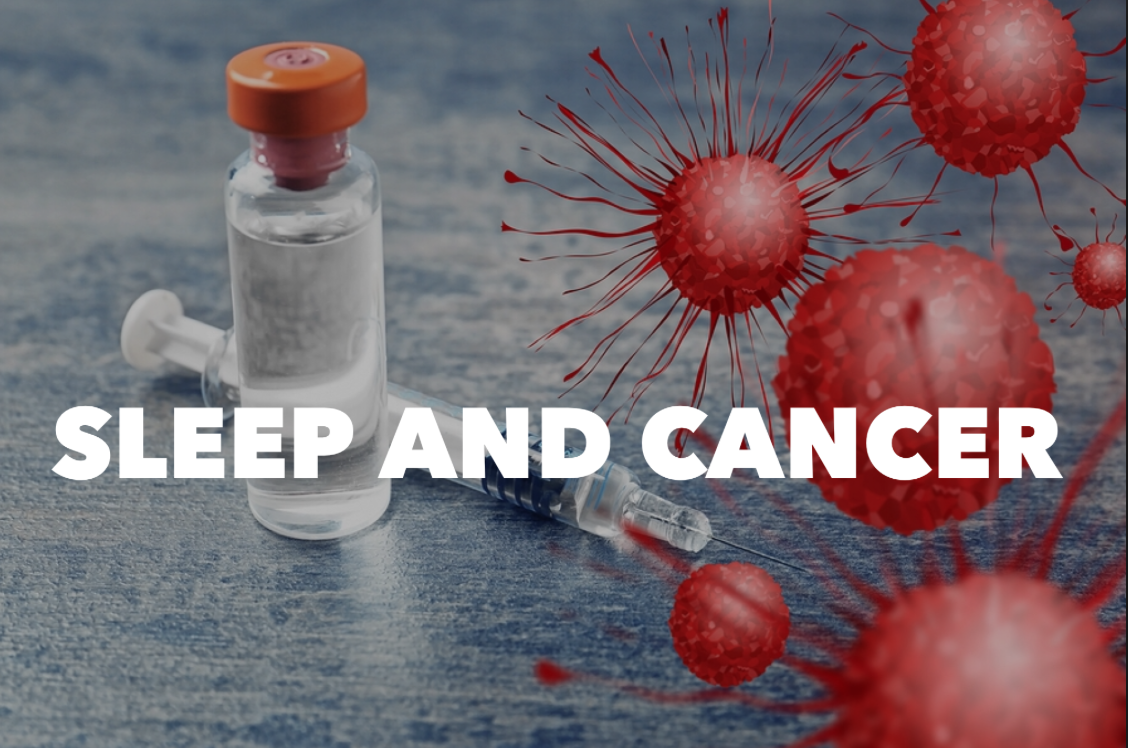HOW CIRCADIAN RHYTHMS INFLUENCE CANCER

BY SASHA STOGNIY – Circadian rhythms – from the Latin “circa” (around) and “diem” (day) – are internal biological processes aligned with certain external environmental cues that repeat in a cycle roughly the length of one solar day. For humans in a clinical setting, the length of a circadian clock averages a little longer (24.2 hours), and similar cycles have been widely found to exist in other animals as well as in plants, fungi, and cyanobacteria.
Circadian rhythms are the voices in the night that whisper, “the sun is setting, and you do not have night vision, please go to sleep if you want to survive to see another sunrise,” or, conversely, “the sun is setting, and you do have night vision, time to wake up and hunt.” Scientists at the Salk Institute for Biological Studies have been investigating the links between these “whispers” and cancer.
Disturbances to processes such as cell proliferation, metabolism, inflammation, and the DNA damage response – all of which follow the circadian clock – are the hallmarks of cancer. It has been found that individuals whose circadian rhythms are chronically disrupted are more predisposed to developing tumors (something to think about next time you are debating the merits of pulling an all-nighter to study for that O-Chem test).
Normally, all of an organism’s biological clocks are closely in sync with each other. The master “clock” located in the brain senses external stimuli (usually the presence/absence of sunlight or the phase of the moon) and relays the information to the relevant secondary clocks. On a cellular level, the daily oscillation of key processes is controlled by individual circadian clocks working together from within each cell. These miniature “whispers” carry out basic cellular functions at appropriate times, much like an on/off switch.
But what happens if the “whisper” doesn’t stop in time? What happens if the switch is left “on” for too long?
In many cases, this creates the ideal conditions for cancer to proliferate.
Dr. Gabriele Sulli hypothesized that modulating the mechanisms of the human circadian rhythm through pharmacological means could prove to be effective as a therapeutic treatment for cancer. His research focused on two essential circadian clock components: the intracellular proteins REV-ERBαand REV-ERBβ, which function as nuclear hormone receptors. In mammals, they are responsible for the circadian regulation and development of tissues such as those of the liver, skeletal muscle, and brain. They act to repress certain processes, namely cell division and metabolism, involved in tumorigenesis.
Essentially, the same processes that activate REV-ERBs could be used to turn “off” the living conditions of cancer cells, causing them to die.
Sulli and his team showed that SR9009 and SR9011, agonists of the two REV-ERBs, are specifically lethal to both active and dormant cancer cells but cause no harm to normal cells and tissues. SR9009and SR9011 both have cytotoxic effects on leukemia, melanoma, brain cancer, leukemia, and colon cancer in mice. Notably, a promising therapeutic strategy was discovered to be autophagy inhibition.
Autophagy – from the Greek “auto” (self) and “phagy” (eating) – is a process by which cells in the body are destroyed to generate nutrients for surrounding living cells. Healthy cells only require such pathways only in dire cases of starvation, whereas cancer cells depend on them regularly to survive. It stands to reason that inhibiting autophagy would then suppress the development of cancer cells without having adverse effects on surrounding healthy cells.
Subsequently, mice with glioblastoma (a form of brain cancer) treated with the agonists exhibited lower levels of autophagy. As such, they also experienced reduced growth of tumors and increased survival time as compared to a control population not treated with the agonists. The treatment group also experienced no toxic side effects associated with the introduction of the agonists.
This is very promising in terms of future cancer treatments in human models. Most important is the wide-ranging nature of the treatment. Despite involving various unrelated mechanisms of formation, many different types of cancer have been shown to be susceptible to SR9009 and SR9011. As Sulli maintained during his visit to UGA, more questions remain. The full application of drugs targeting circadian clock mechanisms has yet to be tested.
Sulli presented his work at UGA’s Center for Molecular Medicine, which invites new researchers to fill empty lab benches as per their mission statement, “to better understand the molecular and cellular basis of human disease and to use this information to guide the development of new diagnostics, therapies, and cures.” In their search for new project leaders, they invite prominent researchers from many diverse fields to share their findings at the CMM. Sulli was among those who presented in January.
For those interested in learning more about current research in molecular medicine, or even conducting some of their own, I would highly recommend visiting the CMM. Special presentations may be accompanied by pizza that might hypothetically come from Domino’s (though you did not hear about the catering or about Domino’s superior seasoned crusts from me). Look here for a list of upcoming seminars.
